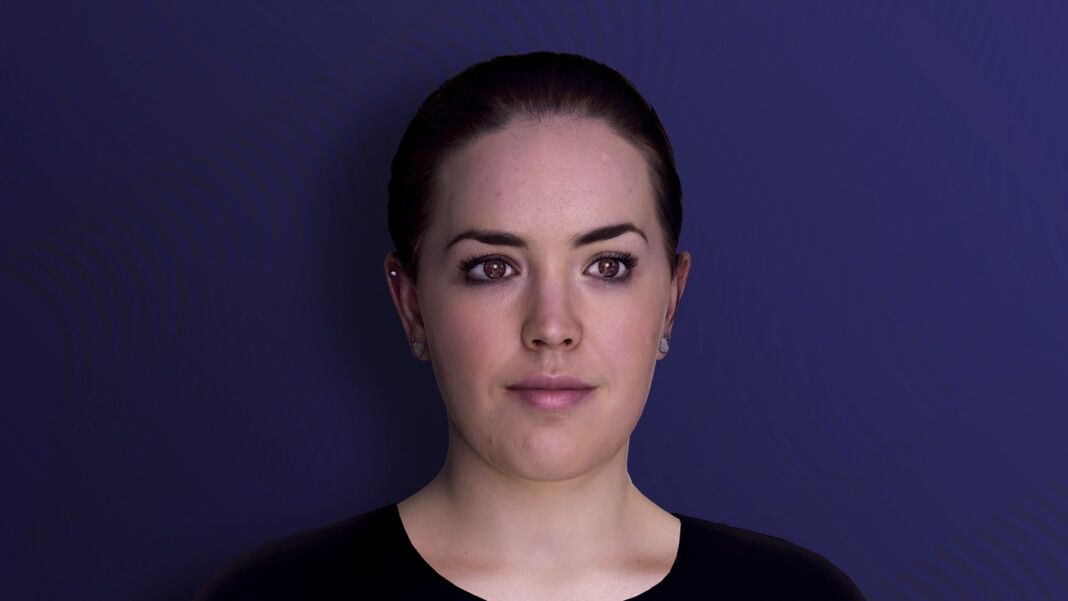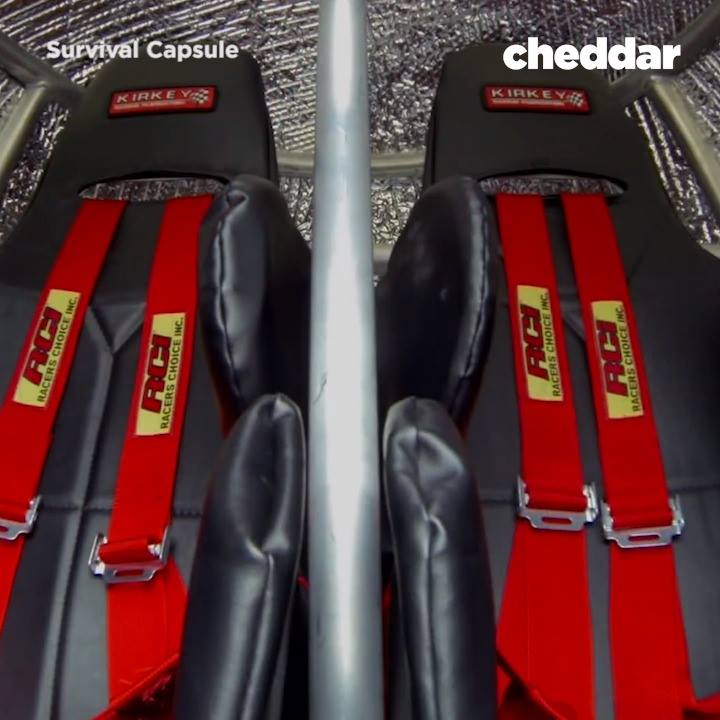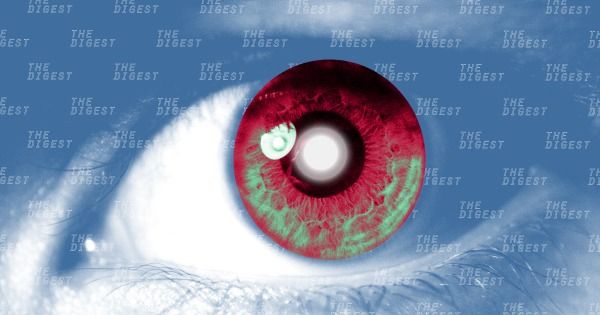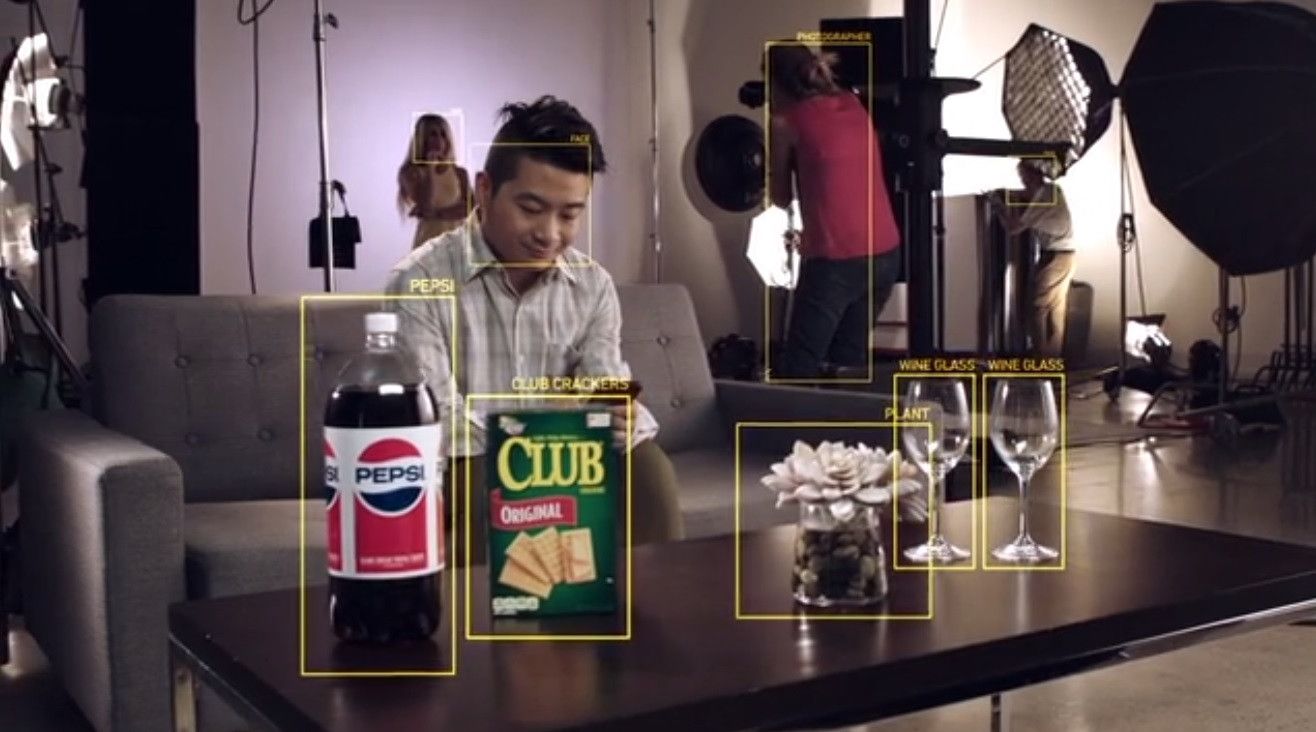If machines could bring emotional and intellectual capacities to our interactions with them, how would this affect the way we use and relate to them?
Tsunami Capsule
Posted in futurism
TRULY SUPER. There’s a reason researchers call graphene a “super material.” Even though it’s just a single layer of carbon atoms thick, it’s super strong, super flexible, and super light. It also conducts electricity, and is biodegradable. Now an international team of researchers has found a way to use the super material: to create artificial retinas.
They presented their work Monday at a meeting of the American Chemical Society (ACS).
ARTIFICIAL RETINAS. The retina is the layer of light-sensitive cells at the back of the eye responsible for converting images into impulses that the brain can interpret. And without a functional one, a person simply can’t see.
This man built a flying car!😲
Posted in transportation
Ryff has a big idea that it says could turn the $23 billion product placement market upside down. Product placement is the advertising tactic of placing a branded object, like a bottle of Coca-Cola, in a scene in a movie or a TV show.
Los Angeles-based Ryff has figured out how to do this digitally with cloud technology. Ryff figures out the places in video content where virtual objects can be placed in a scene where they seem like they are a natural part of the environment. That means the objects have to be rendered realistically enough so they can be mistaken for being part of a real scene, as recorded in a movie or TV show or a commercial, said Roy Taylor, CEO of Ryff, at an event on Thursday evening.
“We are on a new platform that makes images intelligent,” Taylor said. “Ryff is the world’s first image technology company using AI and visual computing to change the way we experience entertainment.”
The fund will launch with a $2 billion commitment, split between the Day 1 Families Fund — helping homeless families — and the Day 1 Academies Fund — creating a “network of new, non-profit, tier-one preschools in low-income communities,” Bezos said.
As CEO of Amazon, founder of rocket company Blue Origin and owner of The Washington Post, Bezos is the wealthiest man in modern history, with a net worth of at least $150 billion.
Critics have long called for him to put his billions toward philanthropic efforts.
In June, Bezos teased that he had identified two areas of focus for future charitable endeavors.
Storms within a superstorm.
U.S. National Aeronautics and Space Administration (NASA) satellites tracking Typhoon Ompong (international name Super Typhoon Mangkhut) have found powerful storms surrounding the eye of the tropical cyclone days before its landfall over northern Luzon.
On September 13, the MODIS instrument on the Aqua satellite looked at Ompong in infrared as it was approaching the Philippines, NASA Goddard Space Flight Center’s Rob Gutro said in a blog post.
Model mustard plant uses the same signals as animals to relay distress.
Read more— https://scim.ag/2MsrniA
Read the research— https://scim.ag/2p4hTAE
CREDITS
Editor/animator/narrator
Meagan Cantwell supervising producer
Sarah Crespi citation
M. Toyota et al.
Science 2018
DOI: 10.1126.science.aat7744
Script
Meagan Cantwell
Sarah Crespi
Catherine Matacic
Elizabeth Pennisi photos and video
Masatsugu Toyota music
“Fly Through“
Nguyên Khôi Nguyên








